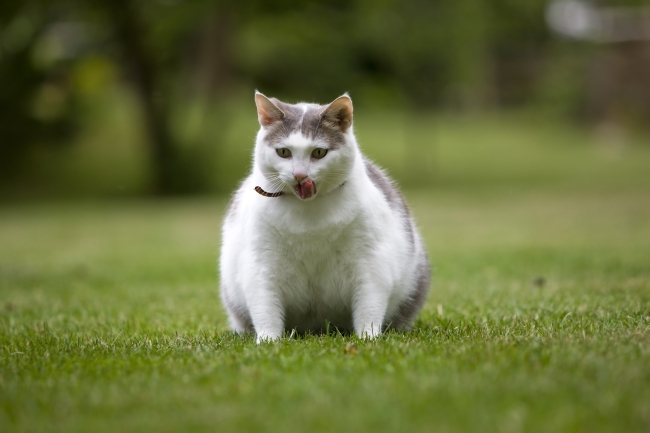Talk of obesity is all around us, and news and health warnings bombard us from every corner; however, the problem with obesity continues to take lives. Sadly, our pets seem to be suffering from our own lack of exercise and eating habits which we seem to be inflicting on our pets.
The most recent estimates suggest that 58% of cats and 54% of dogs in the united states are either overweight or obese. This translates into lowered quality of life, and shorter life expectancy.
Preventing your pet from becoming overweight and eventually obese in no different than what a human would need to do in order to keep fit and healthy: not over-eat, and exercise.
Exercising Your Pet
The best way to burn calories and melt away the fat is to provide plenty of exercise for your pet. Exercise provides a great variety of benefits for dogs and cats (just as it does for humans), beyond weight loss. In addition to burning calories, exercise will:
- make your pets heart and lungs
- improve oxygen delivery to cells
- improve and maintain muscle tone and joint flexibility
- provide mental exercise and keep boredom at bay
- help improve digestion of food
Choosing the Right Type and Amount of Food
Depending on the age of your dog and the amount of exercise a dog receives, it will need different types and quantity of food. During puppyhood, when dogs are growing at a rapid pace, and developing into adults, they require much more energy, protein, and minerals, as compared to mature dogs. Also if a dog is out in the field working a herd, hunting, or training for field trials, it will have greater caloric needs, and require more food or at least food that is calorie-dense. Another category of dogs that require more calories are pregnant dogs which have to support multiple growing fetuses. The above mentioned categories are not what an average family dog experiences, so it is important to keep an eye on the food, and make sure that your dog is not overfed.
Cats, similarly, require limited calories in order to avoid weight-gain, and since they tend to be more sedentary as compared to dogs, it becomes doubly important to follow food guidelines based on their weight, age, and activity levels.
One cannot rely on their pet to regulate food intake as not all breeds are good at only eating what their bodies need, and will wolf down any foodstuff in sight.
Some Tips for Keeping Your Pet at a Healthy Weight
Exercise, is, of course, paramount when it comes to keeping a healthy pet, but there are additional easy steps you can take to manage your pet’s weight.
- Just because your pet comes begging for some table scraps, it doesn’t mean that it should get them. Table scraps are a great contributor to obesity in pets.
- Limit the number of treats you give to your pets. Handing out treats outside of training framework can be a big contributor to weight gain.
- Buy the right type of food for the life stage of your pet.
- Read the feeding guidelines of whatever food you choose to give your pet, and stick to them, even if you feel the recommendations are too little.

